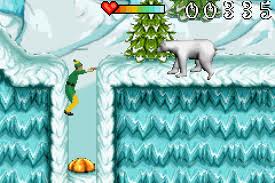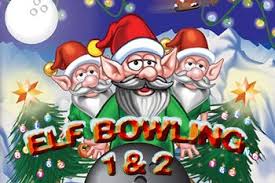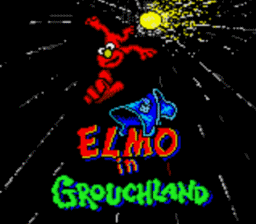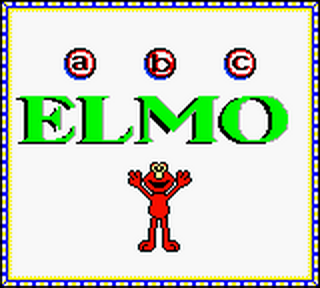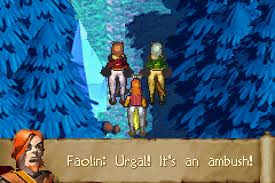An elf (plural: elves) is a type of supernatural being in Germanic mythology and folklore. Reconstructing the early conc
Read moreAn elf (plural: elves) is a type of supernatural being in Germanic mythology and folklore. Reconstructing the early concept of an elf depends almost entirely on texts in Old English or relating to Norse mythology. Later evidence for elves appears in diverse sources such as medical texts, prayers, ballads, and folktales.
Recent scholars have emphasised, in the words of Ármann Jakobsson, that
the time has come to resist reviewing information about álfar en masse and trying to impose generalizations on a tradition of a thousand years. Legends of álfar may have been constantly changing and were perhaps always heterogeneous so it might be argued that any particular source will only reflect the state of affairs at one given time.
However, some generalisations are possible. In medieval Germanic-speaking cultures, elves seem generally to have been thought of as a group of beings with magical powers and supernatural beauty, ambivalent towards everyday people and capable of either helping or hindering them. However, the precise character of beliefs in elves across the Germanic-speaking world has varied considerably across time, space, and different cultures. In Old Norse mythological texts, elves seem at least at times to be counted among the pagan gods; in medieval German texts they seem more consistently monstrous and harmful.
Elves are prominently associated with sexual threats, seducing people and causing them harm. For example, a number of early modern ballads in the British Isles and Scandinavia, originating in the medieval period, describe human encounters with elves.
In English literature of the Elizabethan era, elves became conflated with the fairies of Romance culture, so that the two terms began to be used interchangeably. German Romanticist writers were influenced by this notion of the 'elf', and reimported the English word elf in that context into the German language. In Scandinavia, probably through a process of euphemism, elves often came to be known as (or were conflated with) the beings called the huldra or huldufólk. Meanwhile, German folklore has tended to see the conflation of elves with dwarfs.
The "Christmas elves" of contemporary popular culture are of relatively recent tradition, popularized during the late nineteenth-century in the United States. Elves entered the twentieth-century high fantasy genre in the wake of works published by authors such as J. R. R. Tolkien, for which, see Elf (Middle-earth).










